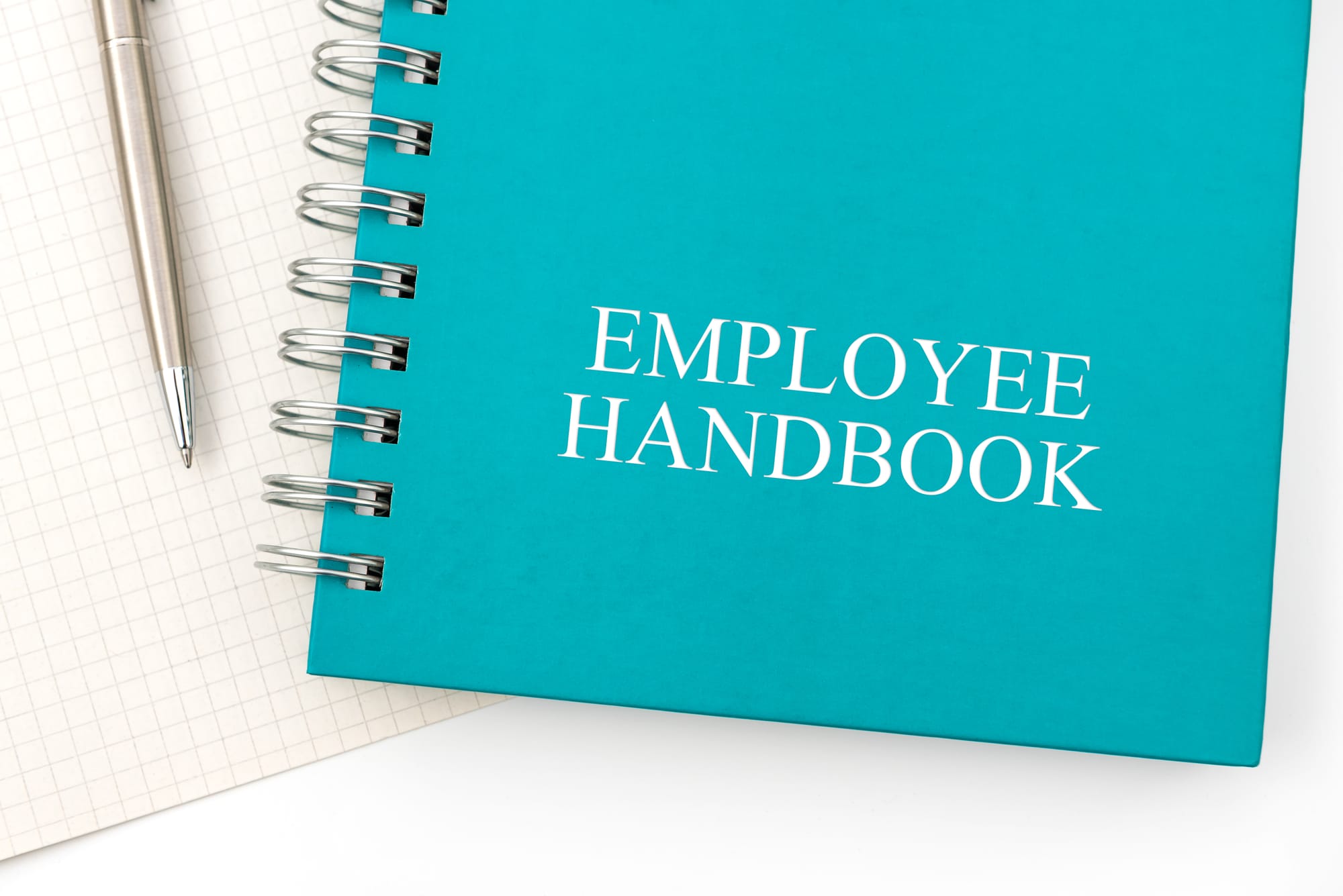5 Top Mistakes in Employee Handbooks - And How to Avoid Them.

An employee handbook is more than a welcome packet—it's a legal document, cultural guide, and operational playbook rolled into one. But all too often, businesses rely on outdated or incomplete handbooks that expose them to risk or send the wrong message to employees. Here are the top five mistakes organizations make with employee handbooks—and how you can avoid them:
1. Using a Generic or Outdated Template
The Mistake: Relying on a one-size-fits-all handbook pulled from the internet or copied from another company.
Why It Matters: Employment laws vary by state, and your policies should reflect your industry, workforce size, and operational structure. A template that worked for a tech startup in California won’t serve a Florida-based resort—or protect it legally.
What to Do Instead: Regularly review and customize your handbook with the help of an HR professional who understands your business model, location, and legal obligations.
2. Not Addressing Current Compliance Requirements
The Mistake: Handbooks that overlook recent changes in labor laws or fail to include key compliance policies (e.g., FMLA, ADA, EEO, wage and hour laws, etc.).
Why It Matters: Out-of-date policies may not hold up in a legal dispute—and missing policies could lead to costly violations.
What to Do Instead: Conduct a compliance audit of your handbook annually, or after major legal or organizational changes. Include essential policies like anti-discrimination, workplace safety, leave entitlements, and harassment prevention.
3. Writing in Legal Jargon or Corporate Speak
The Mistake: Creating a document employees can't understand, or worse—won’t bother reading.
Why It Matters: A handbook is a communication tool. If it's not clear, concise, and approachable, employees may miss important policies—or misunderstand them.
What to Do Instead: Use plain language that’s professional but easy to read. Include examples or FAQs where helpful. Make the handbook a reflection of your company’s voice and values.
4. Treating the Handbook Like a Contract
The Mistake: Using binding language that unintentionally creates contractual obligations
Why It Matters: Handbooks are typically not meant to be legally binding contracts. Statements like “you will receive” or “the company guarantees” can be interpreted as enforceable promises.
What to Do Instead: Include a clear at-will employment disclaimer and specify that the handbook is for informational purposes only and may be changed at the company’s discretion.
5. Failing to Roll It Out Properly
The Mistake: Updating the handbook and quietly posting it online or handing it out without explanation.
Why It Matters: If employees aren’t aware of changes—or don’t acknowledge receipt—you may not be protected in disputes.
What to Do Instead: Train managers on key updates, hold an employee meeting or webinar to review changes, and require signed acknowledgments (digital or paper). Keep documentation for your records.
Final Thought: Your Handbook Is a Living Document
A well-crafted, up-to-date employee handbook not only protects your organization—it reflects your culture, values, and commitment to transparency. Avoid these common mistakes, and you’ll have a valuable resource that supports both compliance and employee engagement.
